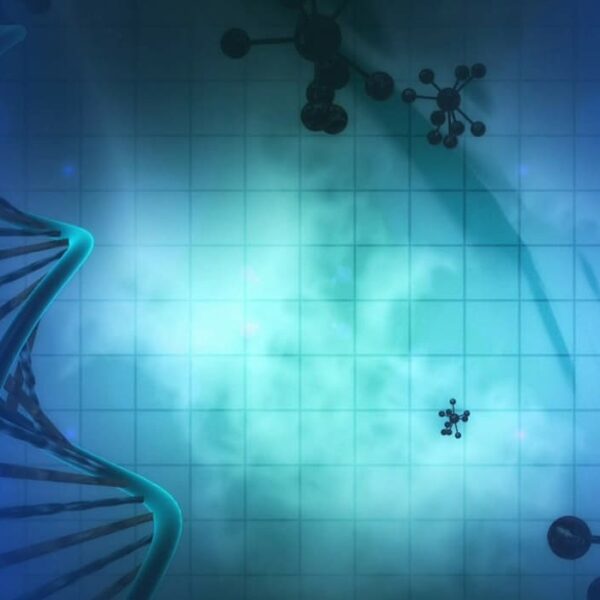CRISPR (Clustered Regularly Interspaced Short Palindromic Repeats) is a repetitive fragment of the genetic code discovered in bacteria in the early days of sequencing.
The first publication on CRISPR dates back to 1989. Scientists have long been interested in the question of how protozoan bacteria managed to resist bacteriophage viruses for millions of years. It was suggested that the sequences found in DNA were the bacteria’s immune system. The theory attracted the attention of many laboratories around the world, which began work to test it.
It turned out that the bacterial DNA contains information in the form of nucleotide sequences about all the viruses that have ever attacked the bacterium. When a virus enters a cell, a mechanism is triggered to compare its gene with those sections already present in the cell. If an identical one is found, the Cas9 protein cuts the DNA of the virus.
The real excitement arose when scientists decided that the discovered mechanism could be applied at the cellular level for genome editing.
Thus, the DNA editing method is not a human invention. It has been copied from living organisms. Viruses do it to bacteria, bacteria do it to plants.
What is the essence of the method?
The main components of the CRISPR system are the enzyme protein Cas9, and the RNA guide, a short fragment of genetic code for sequence recognition. These components are placed in the adeno-associated virus and used to deliver it to the cell nucleus. By detecting a match in the DNA sequence, the RNA-Guide is inserted between the strands of the double helix. The RNA-guide breaks them, and the Cas9 protein cleaves the genome. The cell triggers a repair mechanism, taking a homologous fragment of DNA to repair. Organisms have copies of the genomes from the mother and father. If a part of one of them is lost, the cell uses a similar fragment from a paired chromosome to repair it. If a foreign DNA fragment, identical at the edges of the cut chromosome but different in the middle, is introduced into the cell along with the Cas9 protein, the cell will use it to repair the break. Regardless of what’s in the middle, the cell doesn’t recognize the switch.
Thus, scientists have limitless possibilities for experimentation, only the RNA guide will change. By cutting unwanted genes from the DNA and inserting others, we get a mechanism for correcting chromosomes, forcing the cell to include fragments encoding the traits we want.
Prospects for applications of the technology
The results of the research can provide solutions that will help humanity fight the most pressing problems. Such as food shortages and global climate change.
There are many research projects aimed at unlocking the potential of gene editing technology. It provides an alternative to GMOs as a more precise method of encoding necessary characteristics in native DNA.
According to a study by Jennifer Doudna of the University of California, Berkeley, the use of editing technology in agriculture will make plants larger and more resistant to pests, diseases, weather conditions, and applied herbicides.
CRISPR technology is a tool for genetic engineering of populations. It will create genetic modifications in offspring that will be characteristic of the entire population rather than half (according to Mendel’s law). This greatly speeds up breeding, making it possible to breed plants and animals with the necessary traits already in the first generation.
According to Bill Gates, the technology will allow scientists to breed more productive animals. Crops that can withstand harsher growing conditions could be created. Or incorporate natural pesticides and herbicides, which would improve yields. Edited crops could be stored longer after harvest because they would contain fewer natural toxins.
